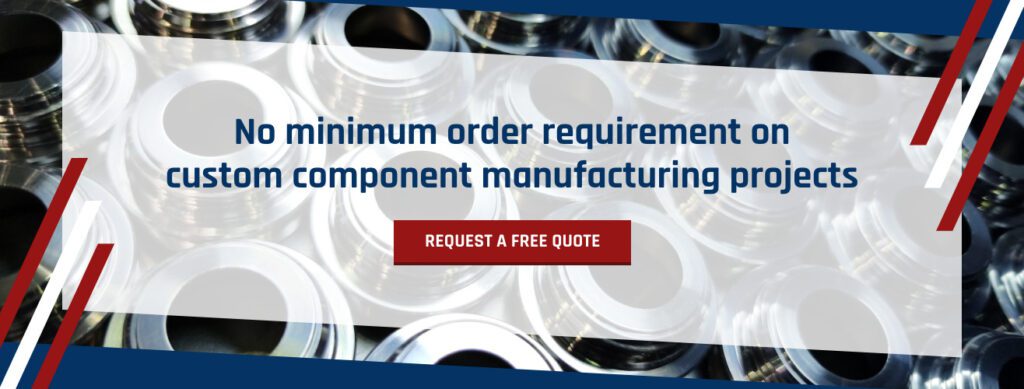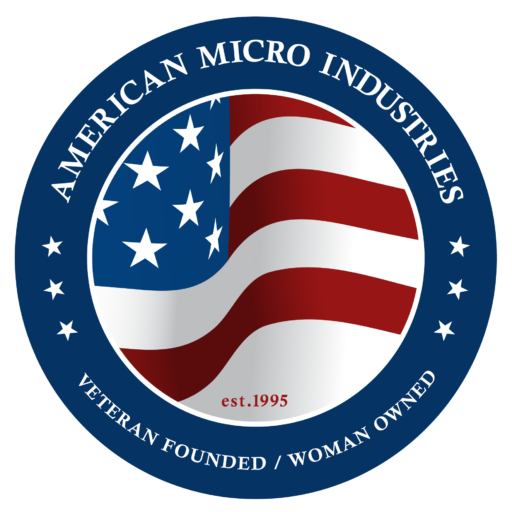About Perforation Die Cutting
Perforation rates typically use a metric of teeth per inch (TPI), or the number of holes punched into one sheet. The more holes you have, the easier the element will be to remove, whereas fewer perforations tend to keep the part situated more firmly into place. Though there isn’t a specific standard for TPI, die cutting of over 30 TPI is generally considered micro-perforating.
Kiss cutting is another form of perforation specifically used for adhesive-lined materials. This process involves cutting through the design’s face and layers without puncturing the backing material, making for easy removal from the backing layer.
Cutting and perforation are excellent finishing options for numerous applications, but whether it’s the best choice for your project depends on your desired use and materials. The die cutting process is limited to certain materials and part sizes and can involve high setup and testing expenses, depending on the project. It’s wise to keep these considerations in mind before completing the process.





